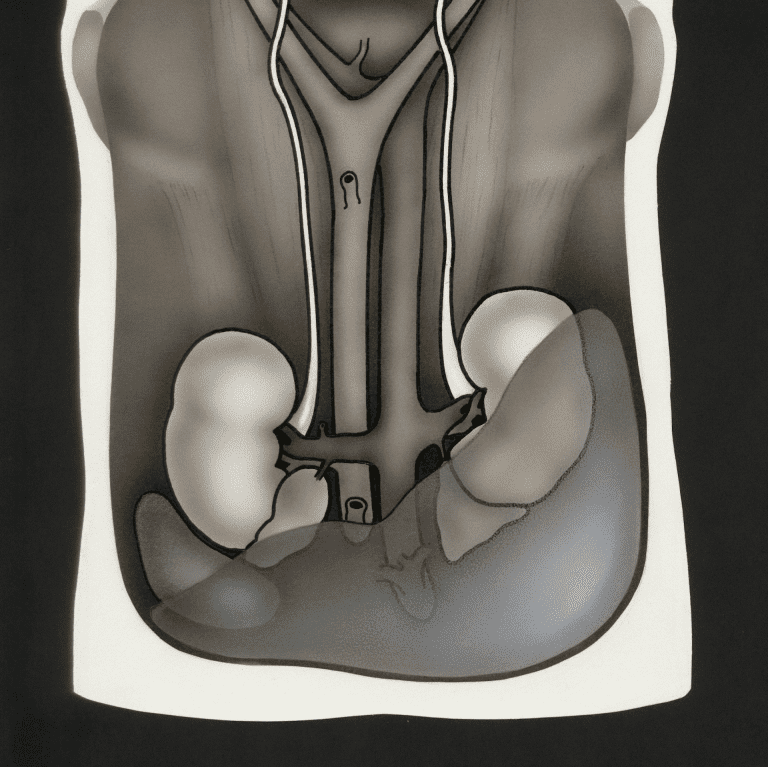Key Takeaways
-
Medicare undergoes yearly changes that can affect your premiums, deductibles, and coverage options, making it crucial to stay informed.
-
Reviewing your Medicare plan during the Annual Enrollment Period ensures you are making the best choices for your healthcare needs and budget.
Why Medicare Adjustments Matter Every Year
Medicare isn’t a static program—it evolves each year with updated costs, new benefits, and regulatory changes. If you’re enrolled in Medicare, keeping up with these annual adjustments is essential. Whether it’s an increase in your premiums, a new deductible structure, or modifications to what’s covered, staying informed helps you avoid unexpected costs and ensure you’re on the best plan for your needs.
How Medicare Costs Change Annually
Each year, Medicare adjusts its costs, including premiums, deductibles, and co-pays. These changes are often influenced by inflation, healthcare costs, and policy updates. Here’s what typically changes:
Medicare Part A Costs
-
Premiums: While most people don’t pay a premium for Part A, those who do may see annual increases.
-
Deductibles: The inpatient hospital deductible increases yearly, requiring beneficiaries to pay more before Medicare covers costs.
-
Coinsurance: Hospital stay costs after the deductible also adjust, impacting what you pay for extended stays.
Medicare Part B Costs
-
Monthly Premiums: Medicare Part B premiums typically rise every year, affecting your monthly healthcare expenses.
-
Annual Deductible: Before Medicare starts covering outpatient services, you must meet the yearly deductible, which often increases.
-
Coinsurance and Co-pays: The percentage of costs you share for doctor visits, outpatient care, and medical equipment can also shift.
Medicare Part D Costs
-
Premiums and Deductibles: Prescription drug plan costs fluctuate, and the maximum deductible often increases.
-
Out-of-Pocket Costs: Changes in cost-sharing and catastrophic coverage can impact how much you spend on medications.
Adjustments in Medicare Advantage and Part D Plans
Medicare Advantage (Part C) and Prescription Drug Plans (Part D) are offered by private insurers, and their coverage options, costs, and provider networks change each year. These changes can include:
-
Adjustments in monthly premiums, deductibles, and co-pays.
-
Changes to prescription drug formularies, which may impact medication availability and cost.
-
Updates to in-network healthcare providers, affecting access to doctors and specialists.
Reviewing your plan’s Annual Notice of Change (ANOC) each fall helps you understand what’s changing and whether you need to switch plans.
Important Medicare Enrollment Periods to Remember
Medicare offers specific windows to review and change your plan. Knowing these enrollment periods ensures you don’t miss an opportunity to make necessary adjustments.
Annual Enrollment Period (AEP)
-
When: October 15 – December 7
-
Why It Matters: This is your chance to switch Medicare Advantage or Part D plans if costs or coverage have changed.
Medicare Advantage Open Enrollment Period
-
When: January 1 – March 31
-
Why It Matters: If you’re enrolled in a Medicare Advantage plan, you can switch to another Advantage plan or return to Original Medicare.
Special Enrollment Periods (SEPs)
-
When: Varies based on qualifying events like moving, losing employer coverage, or eligibility changes.
-
Why It Matters: Life changes may allow you to enroll or switch plans outside regular periods.
Staying Updated to Avoid Unexpected Costs
Failing to stay informed about Medicare changes can lead to higher out-of-pocket costs. Here’s how being proactive helps:
-
Avoiding Surprise Expenses: Higher deductibles or premium increases can catch you off guard if you don’t review your plan each year.
-
Ensuring Coverage for Medications: Changes in Part D formularies can lead to higher prescription costs if a necessary drug is no longer covered.
-
Maximizing Benefits: Some plans introduce new benefits, such as wellness programs or expanded telehealth services, that could be valuable to you.
How to Stay Informed About Medicare Adjustments
Keeping track of Medicare changes doesn’t have to be complicated. Here are some ways to stay updated:
-
Review Your Annual Notice of Change (ANOC): Plans send this document each fall outlining any changes for the upcoming year.
-
Check the Medicare & You Handbook: Medicare publishes an updated handbook each year with essential details.
-
Visit the Official Medicare Website: Medicare.gov provides the latest updates on costs and coverage options.
-
Speak With a Professional: Medicare advisors can help you understand changes and determine the best options for your situation.
Making the Most of Your Medicare Plan Each Year
To ensure you’re getting the best healthcare coverage, follow these steps annually:
-
Compare Your Plan to Other Options – If costs or coverage change significantly, another plan may be a better fit.
-
Check Your Prescription Drug Coverage – Ensure your medications are still covered under your current Part D or Medicare Advantage plan.
-
Verify Your Doctors Are In-Network – Provider networks can change, affecting which doctors and specialists you can see.
-
Understand Cost-Sharing Adjustments – Review new deductibles, co-pays, and coinsurance to anticipate your expenses.
-
Explore Additional Benefits – Some Medicare Advantage plans add wellness programs or other perks you might find useful.
Don’t Wait—Review Your Medicare Coverage Now
Medicare changes every year, and staying updated helps you make the most of your coverage while avoiding unnecessary costs. Take advantage of enrollment periods to review your plan and explore better options if needed. If you’re unsure about what changes impact you the most, speak with a Medicare professional for guidance.
Get in touch with a professional listed on this website to discuss how Medicare updates may affect your coverage and explore the best options for your needs.









